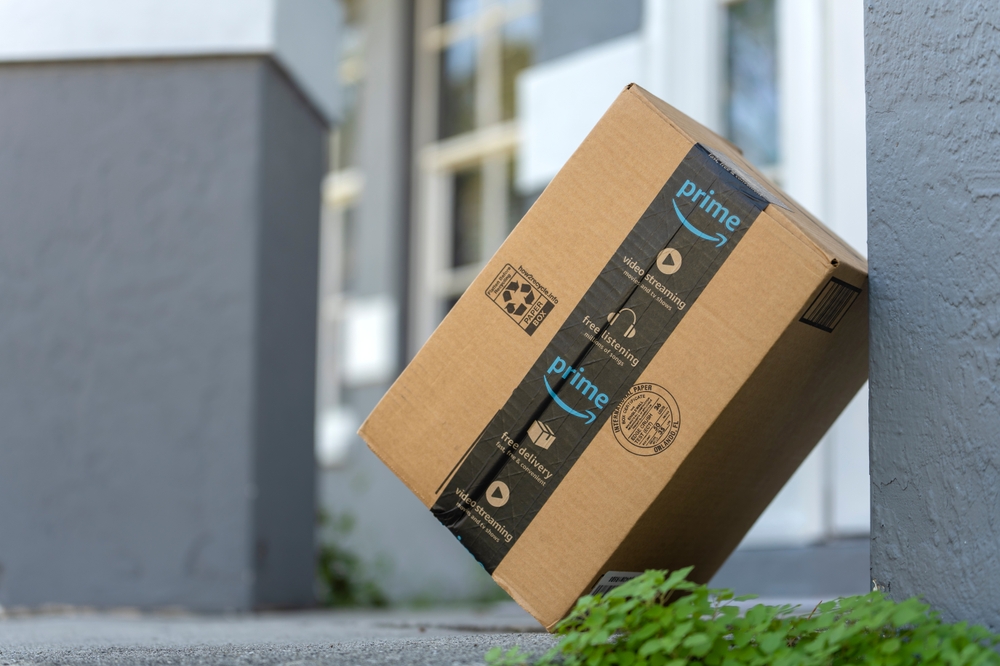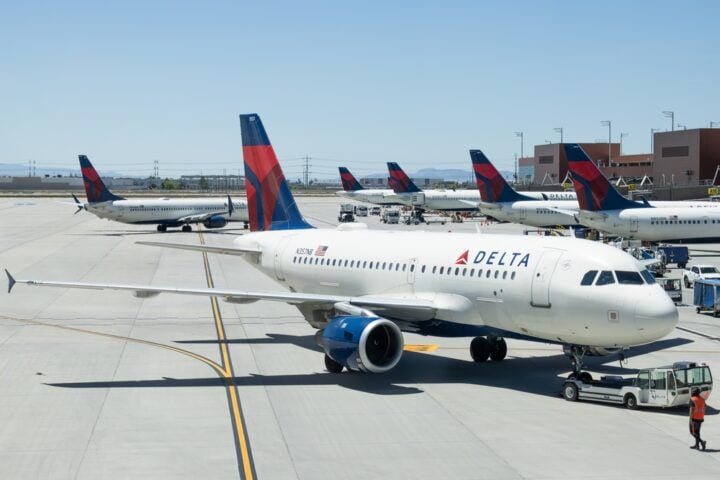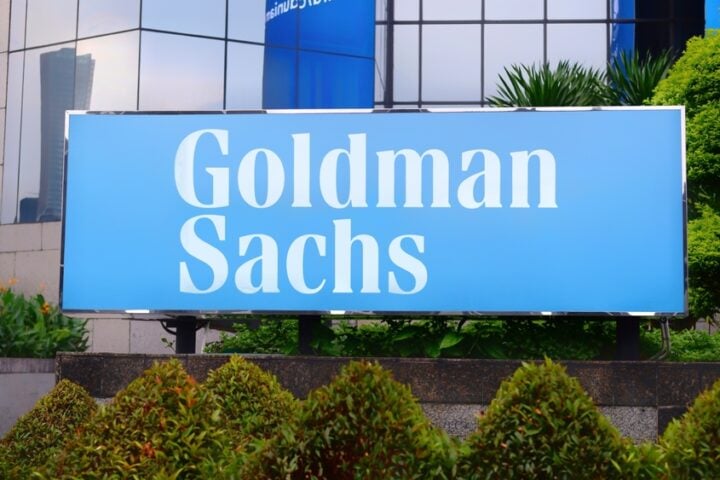Thousands of Amazon workers across seven U.S. facilities staged a strike early Thursday during the peak holiday shopping season, demanding that the retail giant enter contract negotiations with their union. The action, organized by the International Brotherhood of Teamsters, represents a significant escalation in labor disputes at one of the world’s largest employers.
Workers in cities including New York, Atlanta, and San Francisco are participating in what the Teamsters describe as the “largest” strike against Amazon to date. The union represents about 10,000 workers at 10 Amazon facilities nationwide.
“What we’re doing is historic,” said Leah Pensler, a warehouse worker at San Francisco’s DCK6 facility. “We are fighting against a vicious union-busting campaign, and we are going to win.”
Picket Lines and Union Solidarity
The Teamsters announced plans to establish picket lines at hundreds of Amazon sites across the U.S. to support striking workers. They argue that warehouse employees and delivery drivers have a legal right to honor these picket lines, intensifying pressure on the company during its busiest season.
Amazon, however, downplayed the impact of the strike. “We do not expect any effect on our operations,” a spokesperson said, dismissing the union’s claims.
Deadline and Worker Demands
The union had set a December 15 deadline for Amazon to begin contract negotiations. When the company failed to comply, workers voted to authorize the strike.
“If your package is delayed during the holidays, you can blame Amazon’s insatiable greed,” said Sean O’Brien, the Teamsters’ general president. “This strike is on them.”
Amazon has consistently resisted unionization efforts, arguing that it prefers direct relationships with its employees. Despite ongoing disputes, only about 1% of Amazon’s U.S. workforce is unionized.
Amazon’s Legal Challenges and Union Resistance
Amazon has actively fought unionization efforts through legal channels. In 2022, the company filed objections with the National Labor Relations Board (NLRB) over a successful union vote in Staten Island, alleging bias among board officials. Although the NLRB rejected those objections in August 2024, Amazon has appealed, winning a temporary pause on a bargaining order.
The NLRB has also issued complaints against Amazon for refusing to negotiate with Teamsters in California and ordered a rerun of a union election at an Alabama warehouse. Furthermore, Amazon has challenged the constitutionality of the NLRB in federal court.
Meanwhile, Amazon has tried to address worker concerns by announcing a $2.1 billion investment earlier this year to raise wages for fulfillment and transportation employees, increasing the base pay by $1.50 to $22 per hour, a 7% boost.
Investors Shrug Off Strike
Despite the labor unrest, Amazon’s stock rose 1.5% in premarket trading Thursday, signaling that investors do not anticipate a significant disruption to operations. Observers suggest Amazon is unlikely to engage in union negotiations, fearing that doing so could embolden further unionization efforts across its vast workforce of 1.5 million employees globally.
The Bigger Picture: Labor and Corporate Tensions
The strike underscores a growing tension between labor movements and corporate giants in the U.S. While unions argue for better wages, working conditions, and job security, companies like Amazon contend with rising labor costs and increased scrutiny from regulators and employees alike.
For Amazon, the stakes are high: granting concessions to the Teamsters could set a precedent for future labor actions, while resisting union demands risks escalating public criticism and employee dissatisfaction.
Looking Ahead
As the holiday season continues, the strike poses both logistical and reputational challenges for Amazon. With labor tensions unlikely to ease, the outcome of this historic action may set the tone for future negotiations between Amazon and its workforce.







